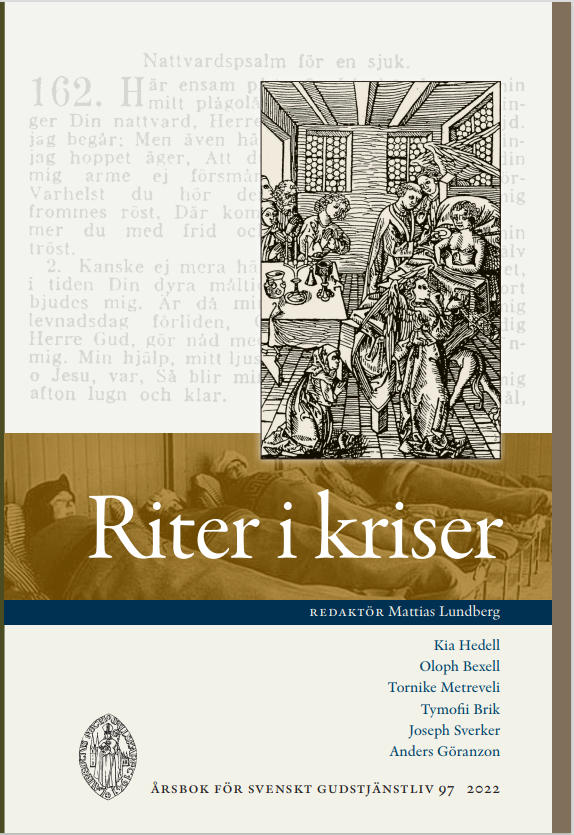Lungsotsepidemin 1901-05 och kyrkans nattvardstradition
Abstract
This study analyses the tuberculosis epidemic in Sweden around 1900. The epidemic situation was much debated in society as a whole, and there exists a particularly interesting discourse in relation to the administration of the sacrament during communion. The use of a common chalice was by some seen as problematic from matters relating to possible contagion of tuberculosis between communicants in the eucharist. Different solutions were presented to the perceived problem, some proposing new innovations (separate small chalices or constructions intended to dispense portions of the wine through wax seals) others stressing the general importance of hygiene in relation to traditional use. Throughout the period it remained under debate whether or not the fear of contagion amounted to a real risk or more of a hypothetical question, resulting in a rare interconnection between theological, liturgical and medical arguments relating to compromises between safety, orderliness and dignity of the rite. The study concludes that medical expertise asserted that the risk of tuberculosis bacteria spreading through communion was negligible, but that precautions could still be taken in the continued established liturgical practice.
Downloads
Published
Issue
Section
License
Copyright (c) 2023 Oloph Bexell

This work is licensed under a Creative Commons Attribution-NonCommercial-NoDerivatives 4.0 International License.
© the authors, Laurentius Petri Sällskapet för Svenskt Gudstjänstliv and Artos & Norma Bokförlag. Copying and using material from Svenskt Gudstjänstliv for scholarly purposes is permitted as long as the source is indicated. For other uses, please contact the respective author as well as the publisher. Special restrictions may apply to images.


